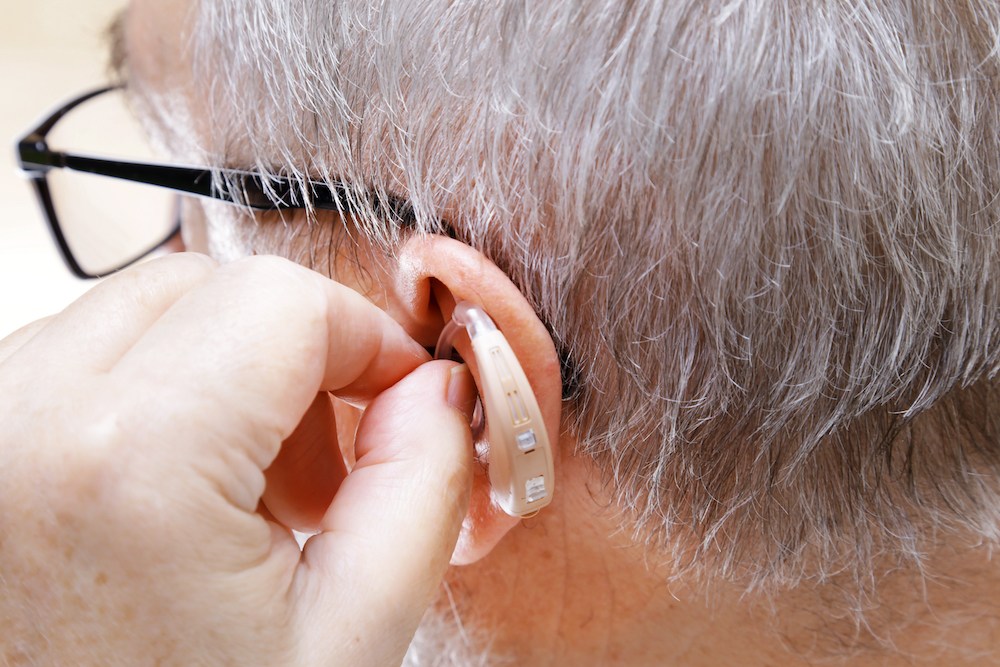How AI is Being Used to Customize Hearing Solutions
Feeling lost in the world of hearing loss solutions? The good news is, new

By: admin | February 26, 2023
Hearing loss affects millions of people worldwide, and its causes range from age-related conditions to exposure to loud noises. It can be a challenging condition to live with, as it impacts communication between those who have hearing loss and the people around them.
The good news is that there are solutions available, including advanced technological solutions such as hearing aids.
In-the-ear hearing aids are more discrete than other types of hearing aids, but they offer a number of benefits. First, they fit completely in the outer bowl of your ear, concealing them from sight. This makes them perfect for those who don’t want their hearing devices to be visible.
Additionally, ITEs offer a greater number of features, such as adjustable volume control and directional microphones that allow users to concentrate better on sounds coming from certain directions. These models can also be customized with various colors and styles so that they match an individual’s needs and preferences.
BTE hearing aids are the most common type of device, and they are also one of the oldest. These devices sit behind the ear, where they are relatively more visible in appearance. BTEs typically have a smaller speaker which fits into the ear canal and offers adjustable volume control for users to easily adjust sound levels. They can also use directional microphones to focus on quiet conversations in noisy environments.
ITC hearing aids are small and discreet. They fit far inside your ear canal, making them almost invisible from the outside view. ITCs provide several advantages, such as improved sound quality since they’re closer to your eardrum and easier access for cleaning and maintenance. Additionally, since they are custom fit to the individual’s ear canal, they provide a better seal against outside noise and reduce feedback from the device.
Feedback is one of the most common issues that hearing aid users face. Unfortunately, it can be a highly annoying and uncomfortable experience, preventing you from enjoying your hearing aids or using them in certain situations. Thankfully, there are several steps you can take to troubleshoot feedback and prevent it from occurring in the first place.
The first step in troubleshooting any type of feedback is to identify its source. Feedback can originate from a variety of sources, including:
Once you’ve identified what’s causing the feedback, you can take steps to prevent it from occurring in the future. Here are some tips:
If you find that these measures aren’t enough to stop the feedback, then it may be time to consider other solutions. You can try using a noise-canceling device or sound reflector, both of which reduce background noise and reduce the chances of feedback occurring. In addition, there are now specialized filters available that can help block out ambient noises while allowing sounds from the environment to pass through clearly.
Finally, if all else fails, you may want to get professional help from an audiologist at Dr. Eimer’s Hearing Clinic. To learn more about hearing loss and how to troubleshoot your hearing aid feedback, contact Dr. Eimer’s Hearing Clinic at 231-333-5118. An audiologist can and will help you determine the source of your feedback and suggest ways to eliminate it.
No matter what approach you take, the most important thing is to be proactive in troubleshooting feedback. With the right steps, you can reduce or even eliminate this annoying issue so that you can enjoy all the benefits of your hearing aids without any interference.

Feeling lost in the world of hearing loss solutions? The good news is, new
By: admin | April 30, 2024

Managing hearing loss involves consistent care, regular check-ups and
By: admin | February 28, 2024

There are many clear benefits to wearing a hearing aid. Unfortunately, a
By: admin | December 28, 2023
